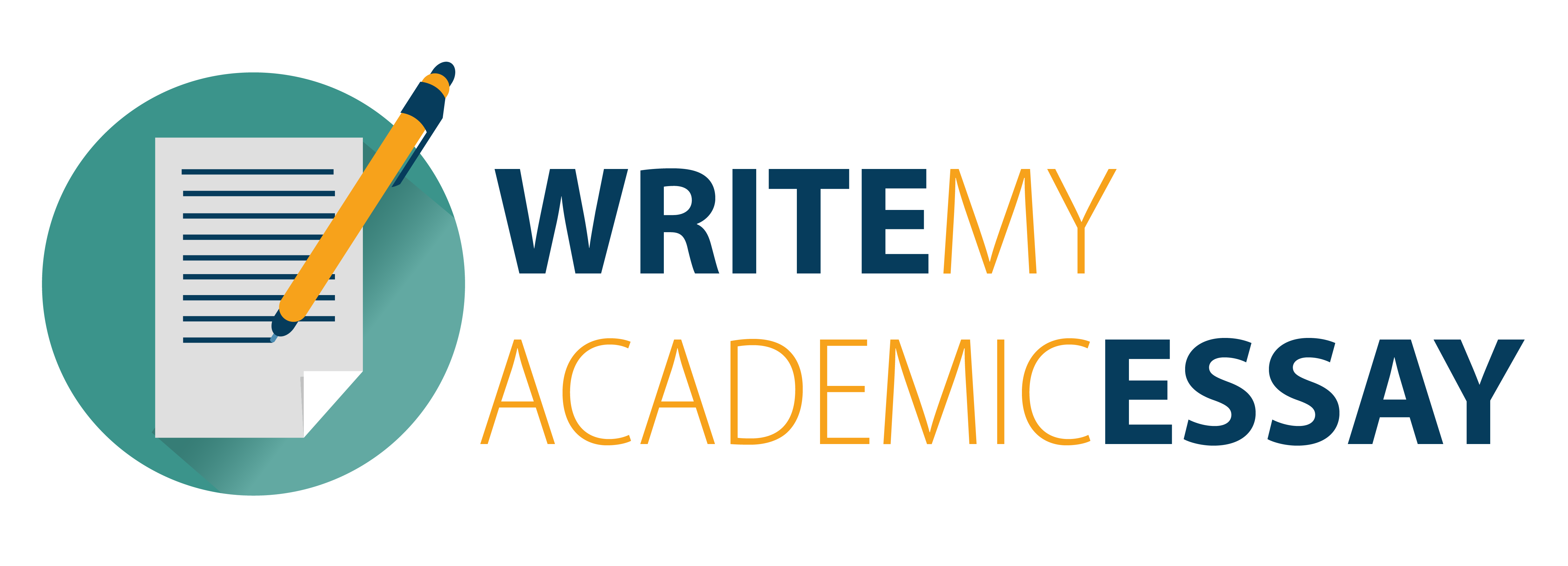The Crisis Intervention Models
Introduction
Crisis intervention is a short-term, goal-oriented approach designed to help individuals experiencing acute psychological, emotional, or situational distress. Various crisis intervention models provide structured methods for professionals to assess, stabilize, and support individuals in crisis. This essay explores key crisis intervention models, their applications, and their effectiveness in different scenarios.
Definition and Importance of Crisis Intervention
A crisis is an overwhelming event that exceeds an individual’s ability to cope, leading to emotional instability, impaired functioning, or psychological distress. Crisis intervention aims to:
- Restore equilibrium – Help individuals regain emotional stability.
- Mitigate long-term trauma – Prevent the crisis from leading to chronic mental health issues.
- Provide immediate support – Offer practical and psychological assistance during emergencies.
Effective crisis intervention is crucial in settings such as disaster response, suicide prevention, domestic violence, and mental health emergencies.
Key Crisis Intervention Models
1. The Six-Step Model (Gilliland & James, 2013)
This widely used model provides a structured approach for crisis responders:
- Assess the situation – Determine the severity and immediate risks.
- Establish rapport – Build trust and ensure the individual feels heard.
- Identify major problems – Focus on the most pressing issues.
- Explore feelings and emotions – Encourage emotional expression.
- Generate and evaluate alternatives – Help the individual consider coping strategies.
- Develop an action plan – Implement short-term solutions and follow-up steps.
Application: Used in suicide hotlines, school counseling, and disaster response.
2. The ABC Model (Kanel, 2015)
This three-stage model simplifies crisis intervention:
- A: Achieve contact – Establish communication and assess safety.
- B: Boil down the problem – Identify the core issue causing distress.
- C: Cope with the crisis – Develop coping mechanisms and a recovery plan.
Application: Effective in first-responder situations and acute mental health crises.
3. Psychological First Aid (PFA)
Developed by the National Child Traumatic Stress Network (NCTSN) and the World Health Organization (WHO), PFA focuses on:
- Providing safety and comfort.
- Stabilizing emotions.
- Connecting individuals to resources.
Application: Used in natural disasters, mass trauma, and community crises.
4. The SAFER-R Model (Roberts, 2005)
This model emphasizes stabilization and recovery:
- Stabilize – Ensure immediate safety.
- Acknowledge – Validate the individual’s experience.
- Facilitate understanding – Help them process the event.
- Encourage adaptive coping – Promote healthy responses.
- Restore functioning – Assist in returning to normalcy.
Application: Helpful in post-traumatic stress and workplace crises.
Challenges in Crisis Intervention
- Time constraints – Immediate action is often required, leaving little room for error.
- Emotional burnout – Crisis workers face high stress and vicarious trauma.
- Cultural sensitivity – Interventions must respect diverse backgrounds and beliefs.
Effectiveness of Crisis Intervention Models
Research shows that structured crisis intervention models:
- Reduce acute distress.
- Lower the risk of long-term PTSD.
- Improve coping skills.
However, effectiveness depends on proper training, adaptability, and follow-up care.
Conclusion
Crisis intervention models provide essential frameworks for helping individuals in distress. Whether using the Six-Step Model, ABC Model, Psychological First Aid, or SAFER-R, professionals can offer immediate support and guide individuals toward recovery. Continued training and research are necessary to enhance these models and ensure they meet the evolving needs of those in crisis.


